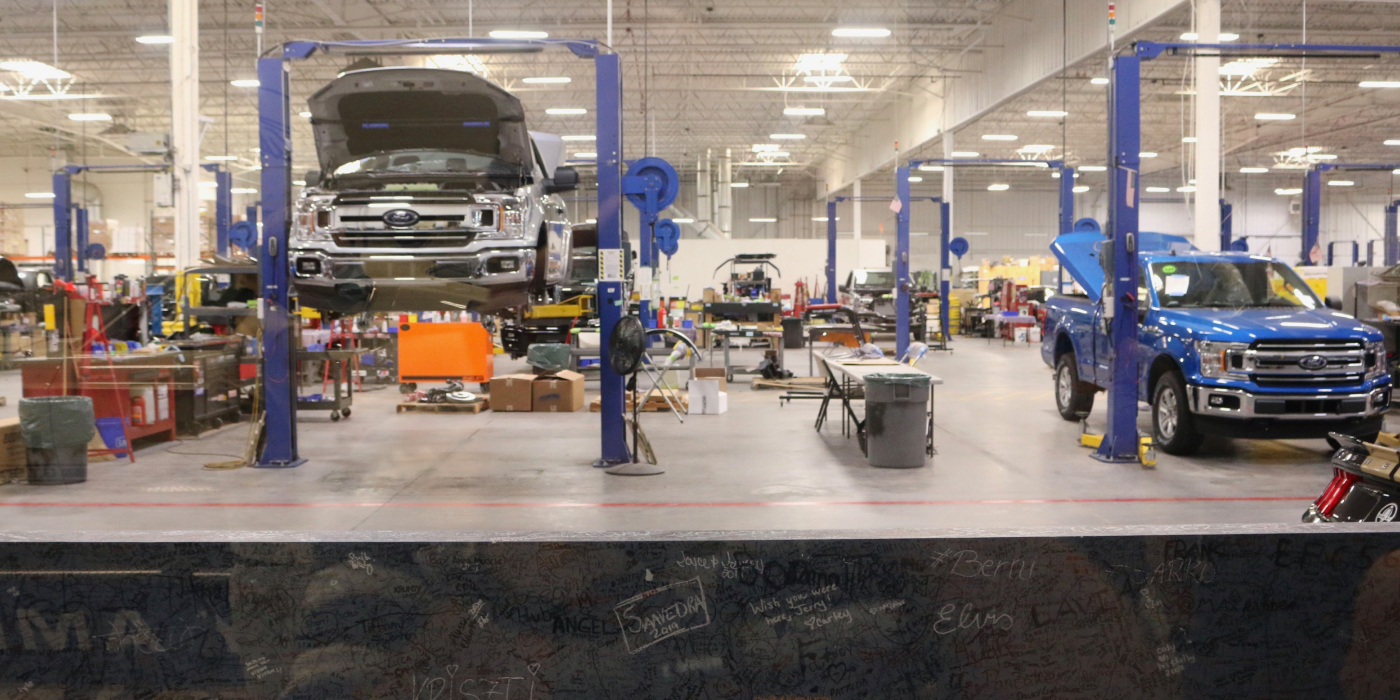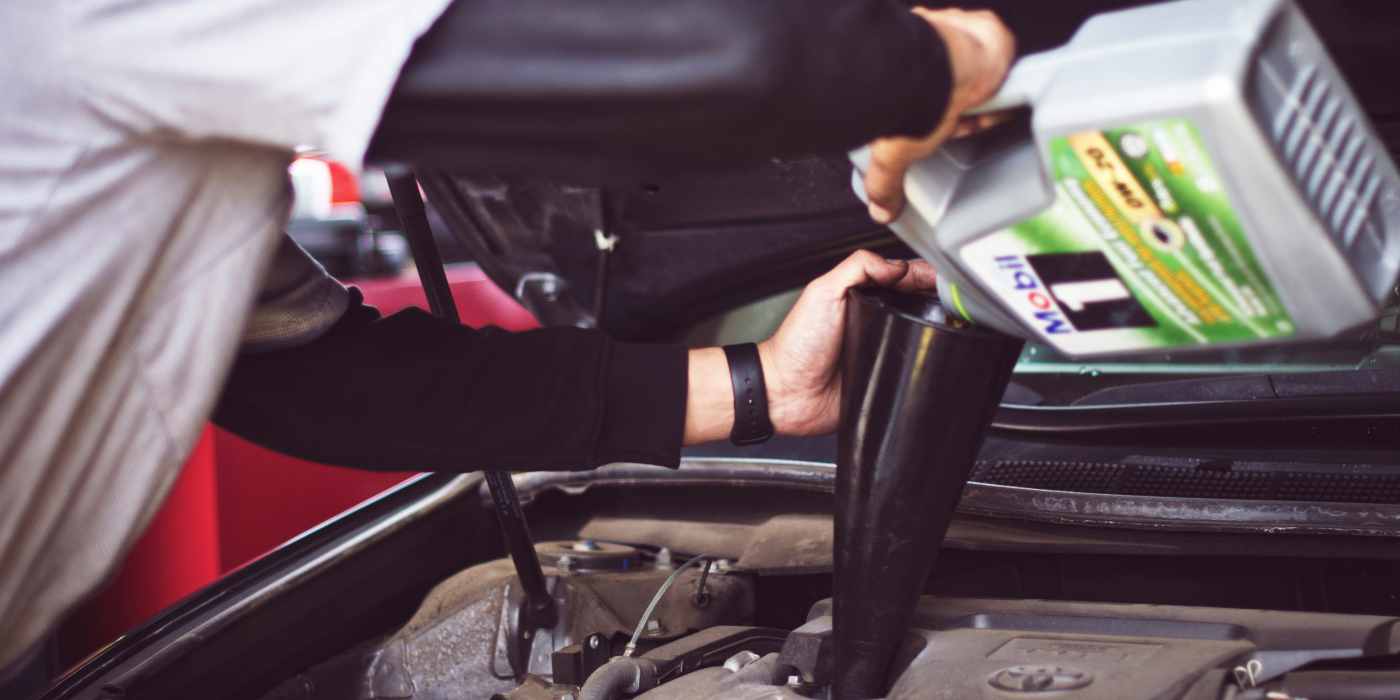Auto Service Centers Adapt to Increasing Demand
Over the past few years, auto service centers have faced numerous challenges, from supply chain delays to worker shortages and increasing demand for services as more consumers repair their vehicles instead of replacing them. The average age of a consumer vehicle on U.S. roads rose to a record 12.5 years old this year, according to a new report from S&P Global. The increasing age of vehicles presents both difficulties and advantages for service centers.
Here’s a look at some of the challenges and opportunities that auto service centers are encountering as vehicle age continues to rise.
Challenges
Increased Demand For Maintenance and Repairs
As vehicles get older, they tend to require more frequent maintenance and repairs. Wear and tear, component failures, and the natural aging of parts can lead to increased service demands. This puts additional pressure on service centers to handle a higher volume of work and address a wider range of issues.
Technician Shortages
Automotive service centers and auto repair shops are struggling to recruit and retain technicians and other service department workers. Low pay, lack of a clearly defined career path, and a generational shift away from jobs in the trades are making it tough to attract and retain people over the long term. Technician shortages are making it more difficult to manage increasing demand for maintenance and repairs. With fewer workers and more vehicles to maintain, service centers need to rethink their business processes and workflows in order to work faster and more efficiently.
Parts Availability
With increasing auto parts demand, certain vehicle models and their corresponding parts may become less readily available. This can make it challenging for service centers to source the necessary components for repairs and maintenance. They may need to rely on alternative solutions, which can add time and complexity to the service process.
Customer Expectations
According to the new J.D. Power 2023 U.S. Aftermarket Service Index Study, vehicle owners aren’t happy with aftermarket service providers. Overall satisfaction declined year-over-year in the three segments that comprise the study: quick oil change; full-service maintenance and repair; and tire replacement. Customer satisfaction is lower for the performance of the service advisor, specifically noting increased wait times, and fewer advisors providing helpful advice.

Opportunities
Business Growth
With 280 million registered vehicles in the United States, every one of them requires service. Vehicle maintenance, repair, oil change and tire revenue exceeds $296 billion, of which aftermarket providers capture 70% share while franchised dealers capture 30%. As vehicles continue to age, they require regular maintenance to keep them running smoothly and safely. This presents an opportunity for service centers and other aftermarket service providers to expand their customer base and grow their businesses. By providing comprehensive maintenance and repair services, such as fluid replacements, tune-ups, tire replacements, and inspections, service centers can cater to the growing demand for maintenance and repairs.
Enhance the Customer Experience
Service centers, auto repair shops, and other aftermarket service providers need to effectively communicate with customers, educate them about the service options available, and manage their expectations to ensure a satisfactory experience. Improving satisfaction at independent service centers can be as simple as providing complimentary snacks or electrical power for customers’ electronic devices.
The three amenities that have the largest effect on customer satisfaction are offered less than 15% of the time, according to J.D. Power. Service facility satisfaction is 825 (based on a 1,000-point scale) when complimentary snacks/beverages are offered, a 91-point increase vs. when they are not. Facility satisfaction is higher when providers make a device charging station available. Giving customers a workspace to plug in computers is another easy way to boost satisfaction yet is currently provided only 7% of the time.

Digital Transformation
Technology has changed the entire aftermarket service experience for both customers and auto mechanics. Auto repair shop management software offers shops and auto repair centers the ability to automate time-consuming daily tasks and workflows. By automating various tasks including client scheduling, invoicing, payment processing and parts delivery management, auto repair shops and service centers can streamline operations, increase efficiency, and boost productivity.
Automation of tasks and having a digital presence can give customers better service by being more responsive and time-efficient. Additionally, digital tools can help managers track their technician’s education and provide them with specific training to help them grow and increase their productivity level, improving recruitment and retention. Inventory management software can provide automatic notifications when a part’s supply is running low. Service centers can place automatic orders when inventory levels hit a designated threshold to ensure they have the necessary parts in stock to meet customer demand and provide timely service.
Auto Repair Technology Industry Expansion
Auto service centers and repair shops are investing in technology solutions to modernize their businesses, digitize their workflows, and provide customer-centric features including real-time updates, automated appointment reminders, and fully automated payment options. This is helping service centers save time and money, improve the customer experience, and work more efficiently.
AutoLeap provides an enterprise SaaS offering for the auto repair industry that digitizes their workflow, including the processing of customer quoting, invoices and job estimates. It also has a sales and marketing component for customer relationship management. The company recently raised $30 million which will go towards workforce expansion, product development, and the customer experience. The company touts that in the first year of using its software, auto repair shops, on average, realize a 30% increase in revenue and a 50% decrease in time spent on administrative tasks.
AutoVitals, a provider of SaaS solutions in the automotive repair and maintenance industry, was recently named a preferred partner by Tuffy Tire & Auto Service for digital vehicle inspection and workflow management software solutions. Tuffy, one of the largest automotive repair chains in the country, includes over 160 locations across 14 states. Through the partnership, Tuffy will recommend the AutoVitals Shop Success Solution across its network of locations, creating full transparency for service customers, and eliminating downtime and inefficiencies in the service centers.
Limited inventory, high prices, and interest rates are fueling car owners to hold on to their vehicles longer. While aging vehicles present challenges for auto service centers, they also offer unique opportunities. By adapting to the changing needs of customers and transforming their business processes, auto service centers can thrive and turn these challenges into opportunities for growth and success.
For more information about how our delivery management solution can help you manage your auto parts delivery operations more efficiently, please contact info@bringoz.com.
